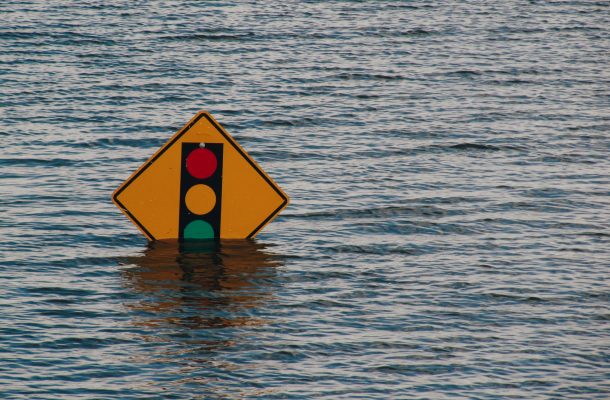After the flood

Very welcome rain has fallen in the far East Gippland region of Victoria. Doomsayers may be disappointed to learn that heavy rain from the east is not unusual for that region.
However, with so much ground cover vegetation being lost in the recent bushfires, the water running off to streams and estuaries will be carrying a lot of suspended matter.
There’s plenty of evidence showing that the coarse material settles in streams such as the Genoa River. Much finer silt and colloidal matter, rich in nutrients, will settle in deeper lakes and estuaries where it can smother the bottom.
These places are important fish breeding and nursery areas. Agriculture and forestry do affect water quality, especially following drought, even under good land management.
Some river catchment areas overlap the border between NSW and Victoria. Just as the Commonwealth has realised it has a role in fire prevention and management, it must also understand that rivers take no notice of lines on a map; they create their own limits.
Those who think that the floods will ‘flush out’ the rivers, lakes and estuaries as though they are dunnies should reconsider. Why do these water bodies return to their former (degraded) condition soon after the floods pass?
I suggest that rivers and lakes reflect the condition of their catchments and human activities have a major impact, but I’m open to other explanations.

Max Thomas, Dip. Agric. (retired) worked in the public sector and in private consulting on a range of land, water and waste management projects. He prepared guidelines for irrigation with recycled water for EPA Victoria and developed a number of Environmental Management Systems in the water industry.












